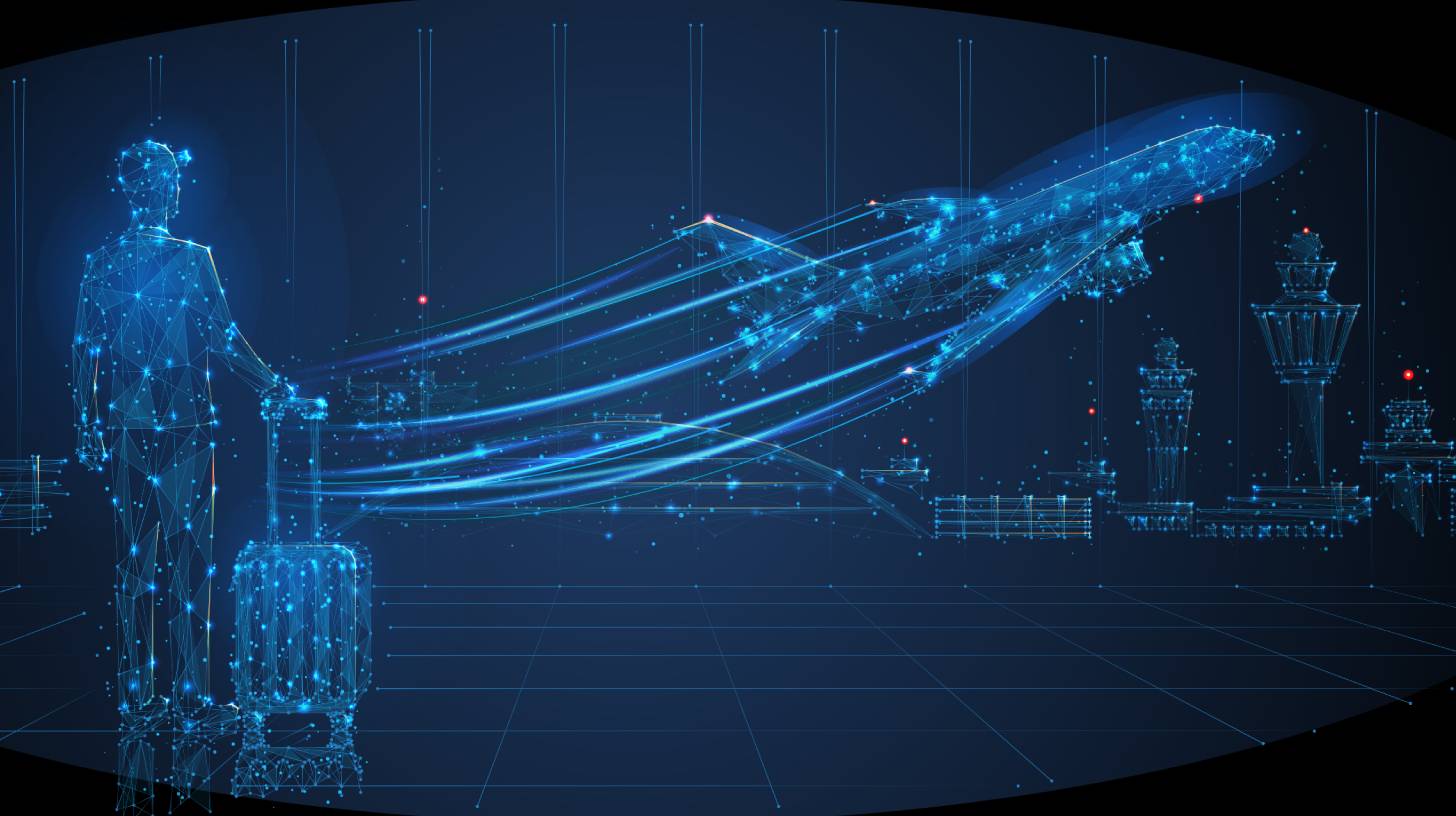
Airports today are more than just transit points. They’re intricate ecosystems compelled to optimise safety, efficiency, and passenger experience in the face of increasing demand.
Traditional manual processes and isolated systems are not designed to scale. With global air travel constantly increasing, operations teams are now under pressure to do more, with less.
Digitalisation is now key to transforming airports by enabling faster decision making, powering predictive operations, and seamless passenger journeys. Here are 5 ways next-generation technology is changing the way airports operate.
1. Real-time operational awareness
Integrated operational dashboards provide control rooms with a real-time, detailed and actionable understanding of stand allocations, apron and baggage activities, and passenger flows, reducing decision latency and consequential delays. Having a single source of truth is a cornerstone to more modern airport operations centres, and in turn seamless journeys.
2. Automated resource optimisation
AI/ML based algorithms optimize staffing, gate assignments, and flight scheduling in real-time based on live demand forecasting. This reduces reliance on making manual reallocations when operations are irregular and leads to improved on-time performance.
3. Digital identity enables faster passenger processing
The broader adoption of mobile boarding passes, biometrics and facial recognition systems, is speeding up passenger throughput across touch-points, leading to shorter queues, lesser load on terminal staff and cost reductions. Passenger surveys reveal that shorter queues and waiting times is the top improvement that air travellers demand.
4. Baggage and TAT management
Sensors and machine learning help predict risk of baggage loss and turnaround bottlenecks, allowing for proactive interventions (e.g., surging baggage teams or re-sequencing boarding).
5. Resilient operations through systems integration
The integration of air traffic management, AODB, baggage systems, security and third-party services decreases manual touch-points and data reconciliation, ultimately improving resilience to interruptions. A Master Systems Integration (MSI) capability that integrates these operations in airports is a core function of modern terminals.
What WAISL delivers
WAISL’s integration and operational experience bring aviation-grade precision. This means that our technologies are deployed as the operational fabric for airports, designed to simplify rollout, turning digital investments into measurable impact.
Digitalisation isn’t optional anymore for airport operations teams. When done with aviation-grade integration, it can transform airports into future-ready environments.
Curious how we can help? Reach out to us today or book a demo to know more.

